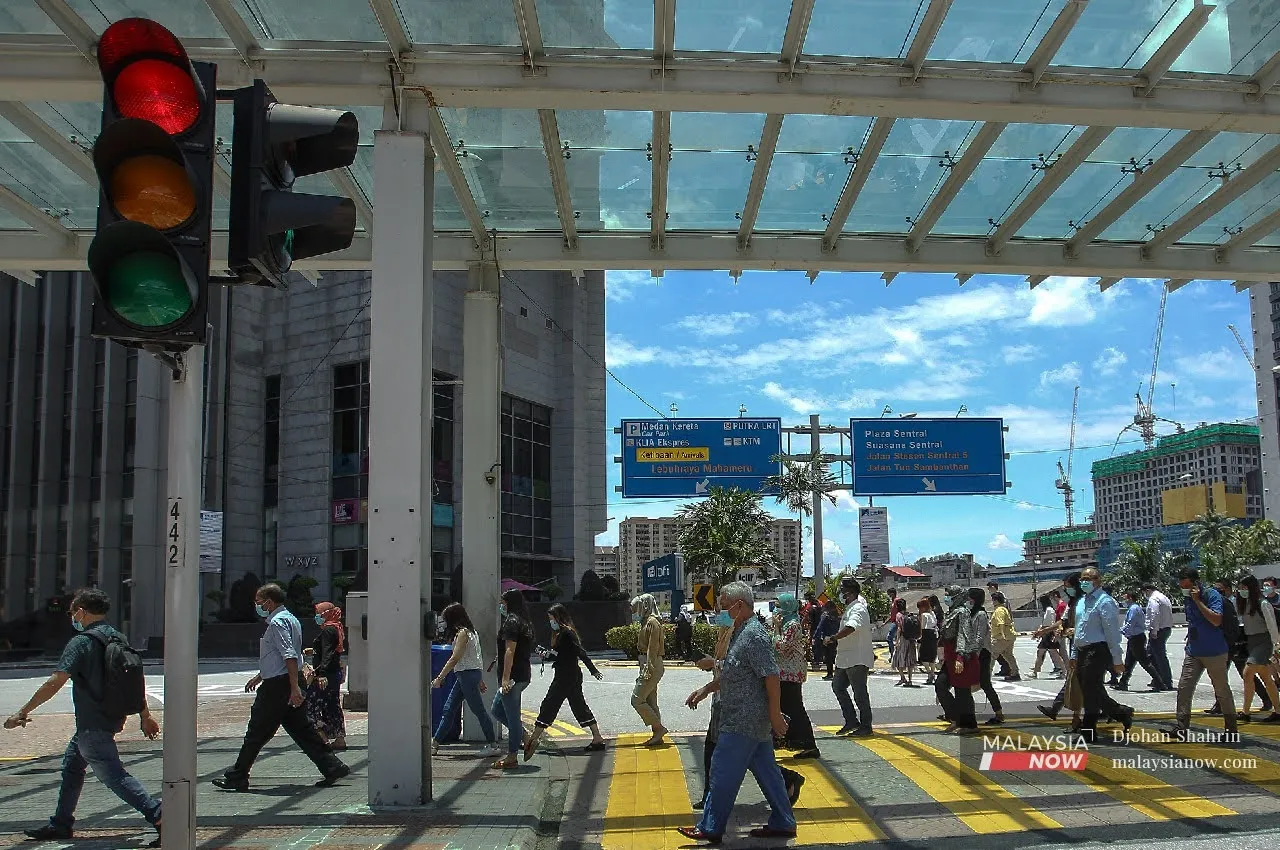Pedestrian Safe Passage

Pedestrian safety is a critical component of road safety, especially in densely populated urban areas. Level pedestrian crossings with signal lights are designed to give pedestrians a safe and controlled way to cross roads. In Malaysia, where pedestrian-vehicle interactions are common, these crossings play a key role in preventing accidents and ensuring smoother traffic flow.
Level pedestrian crossings are points on the road where pedestrians can cross at the same level as vehicles, as opposed to overpasses or underpasses. These crossings are often marked with clear signage and road markings to alert drivers to the potential presence of pedestrians. Signal lights at these crossings help regulate the flow of both pedestrian and vehicle traffic, ensuring that pedestrians have a designated time to cross safely.
Signalized pedestrian crossings provide numerous benefits, including controlled pedestrian movement. Signal lights give pedestrians a designated period to cross the road safely, reducing the likelihood of accidents caused by jaywalking or crossing at unsafe moments. Additionally, drivers are alerted to the presence of a crossing through traffic signals, which helps prevent sudden stops or accidents when pedestrians are present. By managing pedestrian movement in busy areas, signalized crossings ensure that traffic flows more smoothly, especially during peak hours when both vehicle and foot traffic are high.
Without signalized crossings, pedestrians are more likely to cross the road without waiting for traffic to stop, leading to potential accidents. Some issues with uncontrolled pedestrian crossings include a higher risk of collisions, as drivers may not notice pedestrians in time, especially at night or in low-visibility conditions. Jaywalking becomes a risk as pedestrians may cross at unmarked or unsafe points, putting themselves in danger. Additionally, uncontrolled crossings can lead to driver frustration, causing sudden stops or confusion in busy areas, which can result in traffic delays.
In Malaysia, pedestrian safety is a growing concern, particularly in urban centers like Kuala Lumpur, Johor Bahru, and Penang, where foot traffic is high. Signalized pedestrian crossings have become increasingly common in these areas, especially near schools, shopping districts, and residential zones. These crossings are designed to provide pedestrians with a safe and regulated space to cross busy roads. However, in smaller towns and rural areas, signalized crossings are less prevalent, and jaywalking remains a common issue. This increases the risk of pedestrian-related accidents, particularly in areas with heavy vehicle traffic but minimal infrastructure for pedestrian safety.
A well-designed pedestrian crossing with signal lights includes several key components. Clear, visible traffic signals indicate when it is safe for pedestrians to cross. Pedestrian countdown timers let pedestrians know how much time they have to cross the road, reducing the risk of rushing or misjudging the signal. Zebra crossings are distinct road markings that clarify for both drivers and pedestrians where the crossing is located. Proper signage alerts drivers to the presence of a pedestrian crossing ahead, encouraging them to slow down and be prepared to stop.
The benefits of signalized pedestrian crossings are substantial. By giving pedestrians a designated time to cross, these crossings enhance safety and reduce the likelihood of accidents. Traffic signals make it clear to drivers when to stop, preventing confusion and ensuring smoother traffic flow. Additionally, signalized crossings help manage pedestrian flow in busy areas, preventing the need for drivers to make sudden stops or slow down unexpectedly.
Although signalized pedestrian crossings are effective, challenges remain in ensuring their proper use and maintenance. Not all pedestrians wait for the signal lights to change, leading to dangerous situations. Education and awareness campaigns can help encourage safer pedestrian behavior. Furthermore, signal lights and road markings require regular maintenance to remain effective. In some areas, poor upkeep leads to malfunctioning lights or faded zebra crossings, reducing the effectiveness of the crossing. Accessibility is another consideration, as some signalized crossings lack features for individuals with disabilities, such as tactile paving or audio signals for the visually impaired. Ensuring that crossings are designed for everyone is essential for improving safety and accessibility.
In conclusion, level pedestrian crossings with signal lights are a simple yet essential component of road safety in Malaysia. By providing pedestrians with a safe, controlled way to cross busy roads, these crossings reduce accidents and improve traffic flow. Expanding the use of signalized crossings, particularly in high-risk areas, is a key step in enhancing pedestrian safety across the country. With systems like RAMS monitoring accident-prone zones, Malaysia can ensure that pedestrian infrastructure continues to evolve, creating safer roads for all.

